The scones we made for the tea – apricot orange on the left, and the favorite, lavender white chocolate chip on the right.
Today you’re going to get 2 recipes – for both scones Sara and I made for her tea recently. They were easy and totally different. The lavender ones used heavy cream as the fat (mostly) and the apricot ones used butter and buttermilk. Both were good, but everyone seemed to favor the lavender white chocolate chip ones over the apricot. Maybe because the texture was slightly different – they were a bit more moist – in fact the batter was really wet when Sara scooped them onto the cookie sheet. It’s hard to tell from the photo but the apricot ones were actually cut in rounds, while the lavender ones were drop scones and they spread some as they baked.
If you happen to have lavender in your garden, do harvest and dry some (providing you don’t use any pesticide on it – you’d not want to be eating that!). If not, you can buy Culinary French Lavender (1 oz) online. Lavender buds don’t keep fresh and vibrant tasting for all that long, so I’d recommend you use whatever you buy within 6 months or so. If you buy any online, unless you use it a lot, I’d buy the smallest quantity available. The one linked above offers free shipping – that’s nice since herbs don’t weigh all that much in small quantities!
The lavender scones came from an article in the San Diego Union Tribune. The recipe is from a bakery in San Diego called Cups. The buttermilk scone recipe came from a very old cook book of Sara’s, a Sunset Breakfast & Brunch cookbook (out of print). She mentioned that it’s her favorite go-to scone recipe and has been for years. I should compare it to my favorite go-to Buttermilk Scones recipe that I’ve been making for about 25 years or so.
Lavender Scone printer friendly PDF
Lavender Scone MasterCook 5+ file
* Exported from MasterCook *
Lavender White Chocolate Chip Scones
Recipe By: Adapted very slightly from Cups, a San Diego bakery
Serving Size: 12 (I think it made more than 12)
2 1/2 cups all-purpose flour
2 tablespoons baking powder
2 tablespoons sugar
1 teaspoon sea salt
2 teaspoons culinary lavender buds
1 cup white chocolate chips — or chunks
1 cup unsalted butter — cut into cubes and chilled
1 1/4 cups heavy whipping cream — chilled
TOPPING:
1 egg — beaten
1 cup turbinado sugar — (unprocessed sugar such as Sugar in the Raw)
1 teaspoon culinary lavender buds
1. Preheat oven to 400°.
2. Sift flour, baking powder, sugar and salt into a medium-sized bowl. Work the butter cubes into the dry ingredients with a pastry cutter (or you can use two knives) until it resembles loose crumbs. Add lavender buds and chocolate chips.
3. With a spoon, gently mix in the cream until just incorporated.
4. Pat the dough with your hands, forming a 7-inch circle. Cut into 6 to 8 wedges for traditional, triangular-shaped scones, or cut rounds with a 2-inch cutter for flat, round scones. (You can also scoop dough with an ice cream scoop to get nice, rounded scones; that’s the method used at Cups. This latter is the method we used – the dough was very soft and loose, so the scones were flatter – but they were incredibly moist and soft.)
5. TOPPING: Mix sugar and lavender buds together, and place in airtight jar for one week before using.
6. Place the scones on a parchment or Silpat-lined cookie sheet, glaze with egg mixture and top with lavender sugar for a crunchy top.
7. Bake scones for 12 to 15 minutes; take them out of oven just as the tops begin to turn golden.
Per Serving: 498 Calories; 30g Fat (54.9% calories from fat); 5g Protein; 51g Carbohydrate; 1g Dietary Fiber; 93mg Cholesterol; 445mg Sodium.
. . .
Apricot Scone printer friendly PDF
Apricot Scone MasterCook 5+ file
* Exported from MasterCook *
Buttermilk Scones with Apricots and Orange Zest
Recipe By: Adapted slightly from Sunset, Breakfast & Brunch
Serving Size: 18
3 cups all-purpose flour
3/4 cup cold butter — cut in small bits [1 1/2 cubes]
1/3 cup sugar
3/4 cup dried apricots — finely chopped, or dates or currants [in original recipe]
1/2 teaspoon baking soda
2 teaspoons grated orange peel — [original recipe used 1 teaspoon]
2 1/2 teaspoons baking powder
1 cup buttermilk
3/4 teaspoon salt
TOPPING:
1 tablespoon half and half
1/4 teaspoon ground cinnamon
2 tablespoons sugar
1. Preheat oven to 425°. In a large bowl, stir together flour, sugar, baking powder, soda and salt.
2. Using a pastry blender, cut butter into flour mixture until it resembles coarse cornmeal; stir in dried fruit and orange peel.
3. Make a well in the center of the mixture; add buttermilk all at once.
4. Stir with fork until dough cleans the sides of the bowl. Gather dough into a ball, and turn out onto a floured surface. Roll or pat into a 1/2 inch-thick circle. Cut out shapes using a 2 ½ inch cookie cutter.
5. Using a pastry brush, brush tops with cream and sprinkle with cinnamon sugar.
6. Bake for 12 minutes or until lightly browned.
Per Serving: 183 Calories; 8g Fat (39.3% calories from fat); 3g Protein; 25g Carbohydrate; 1g Dietary Fiber; 21mg Cholesterol; 285mg Sodium.





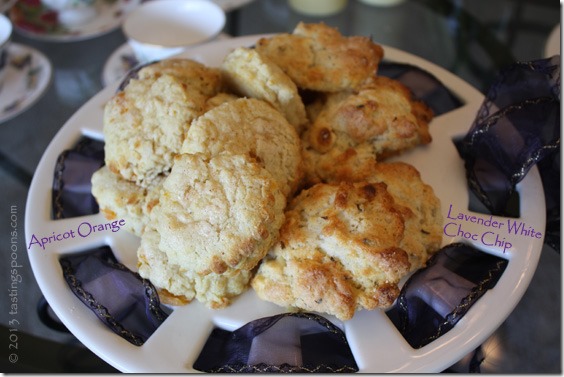

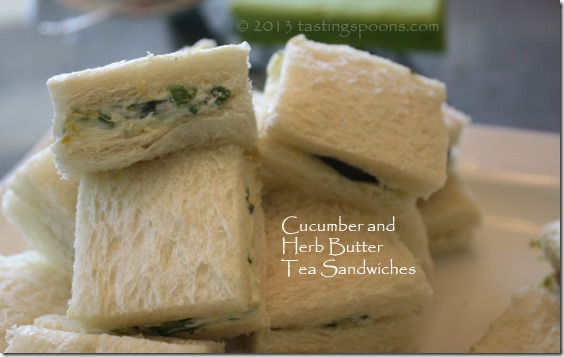
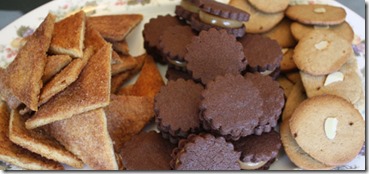
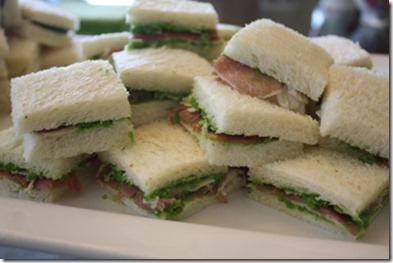
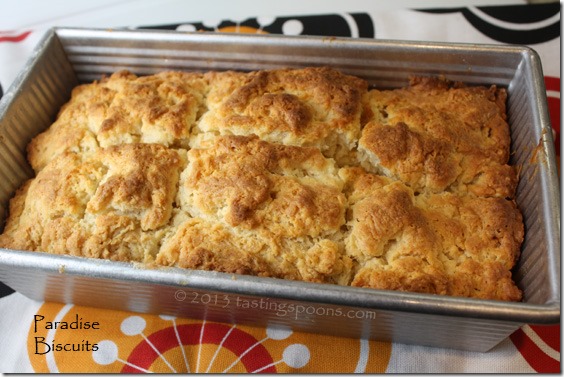
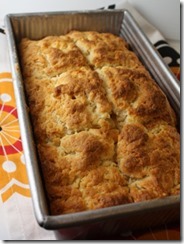
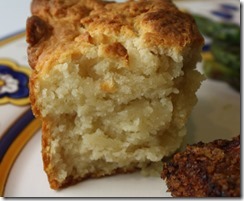
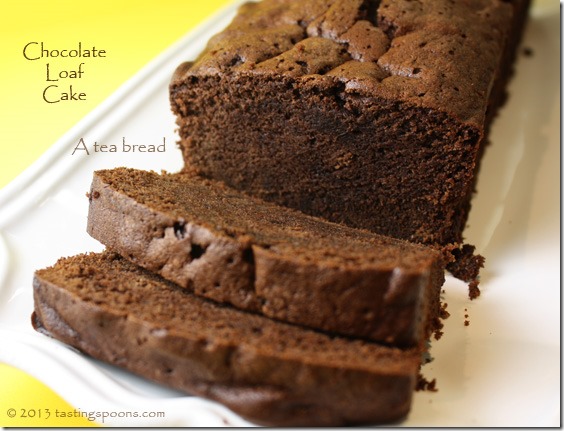
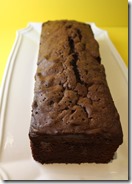
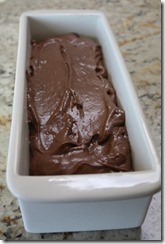
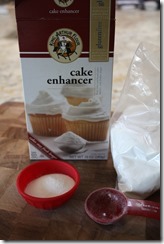
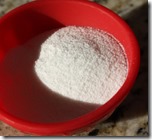
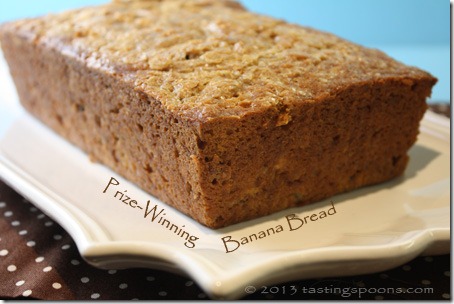
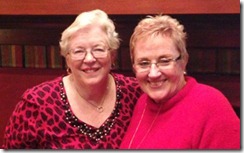
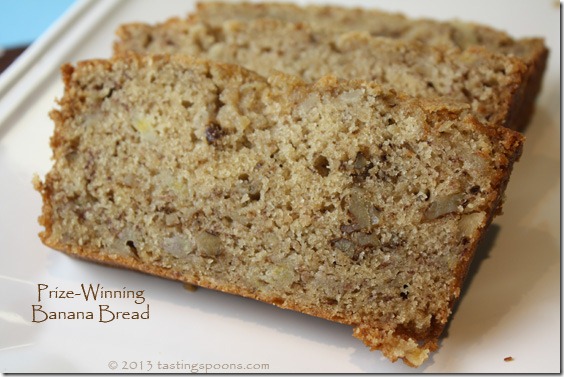
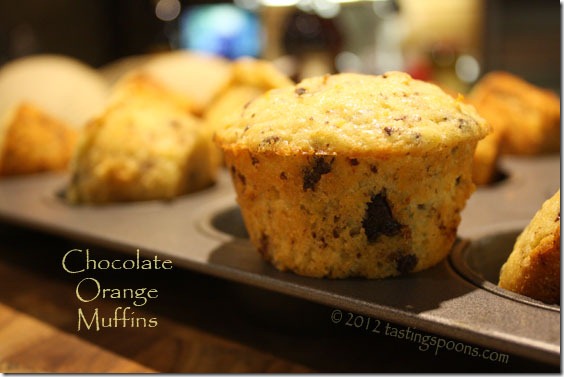
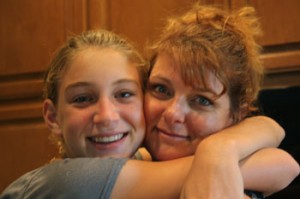
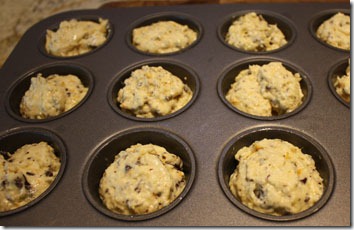
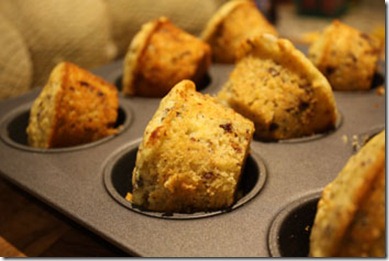
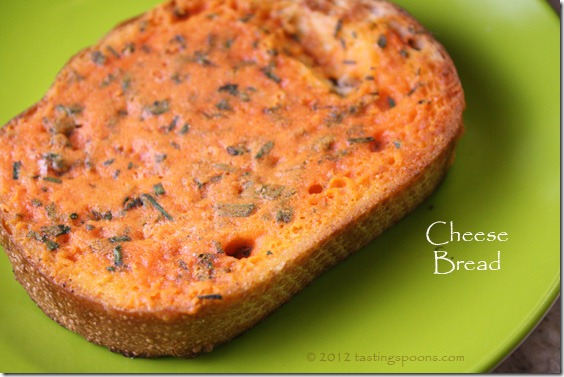
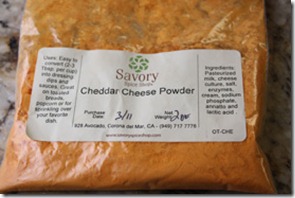
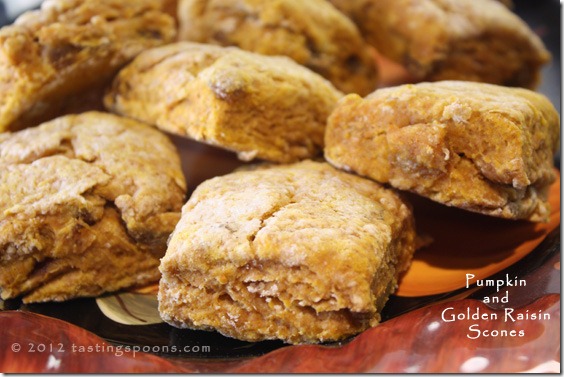
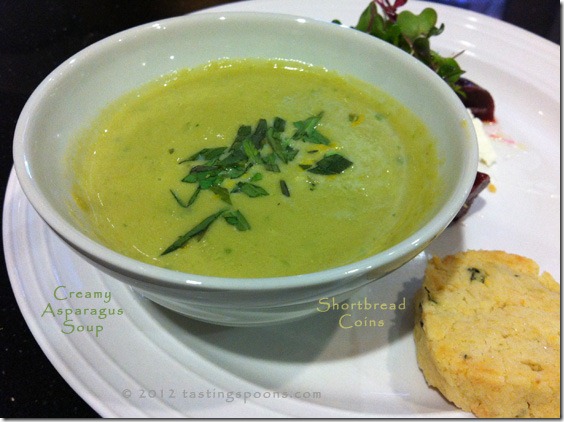
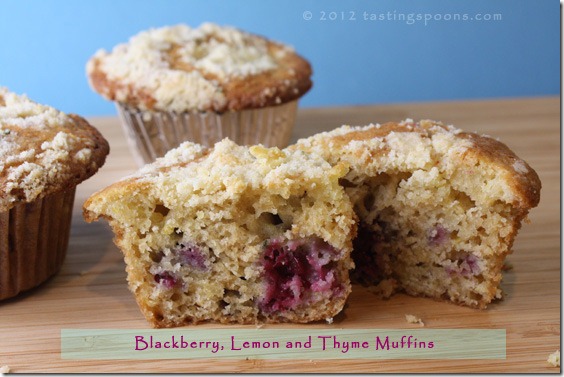
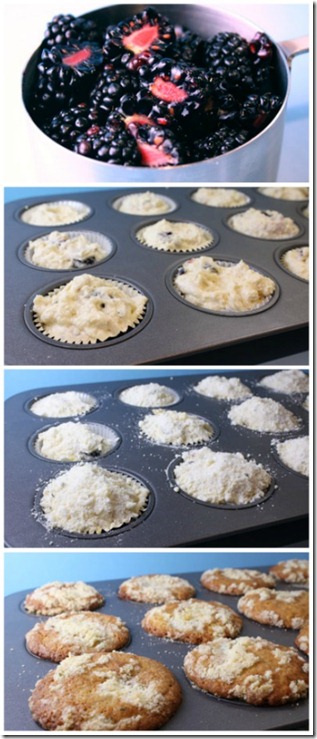
Leave a Comment!